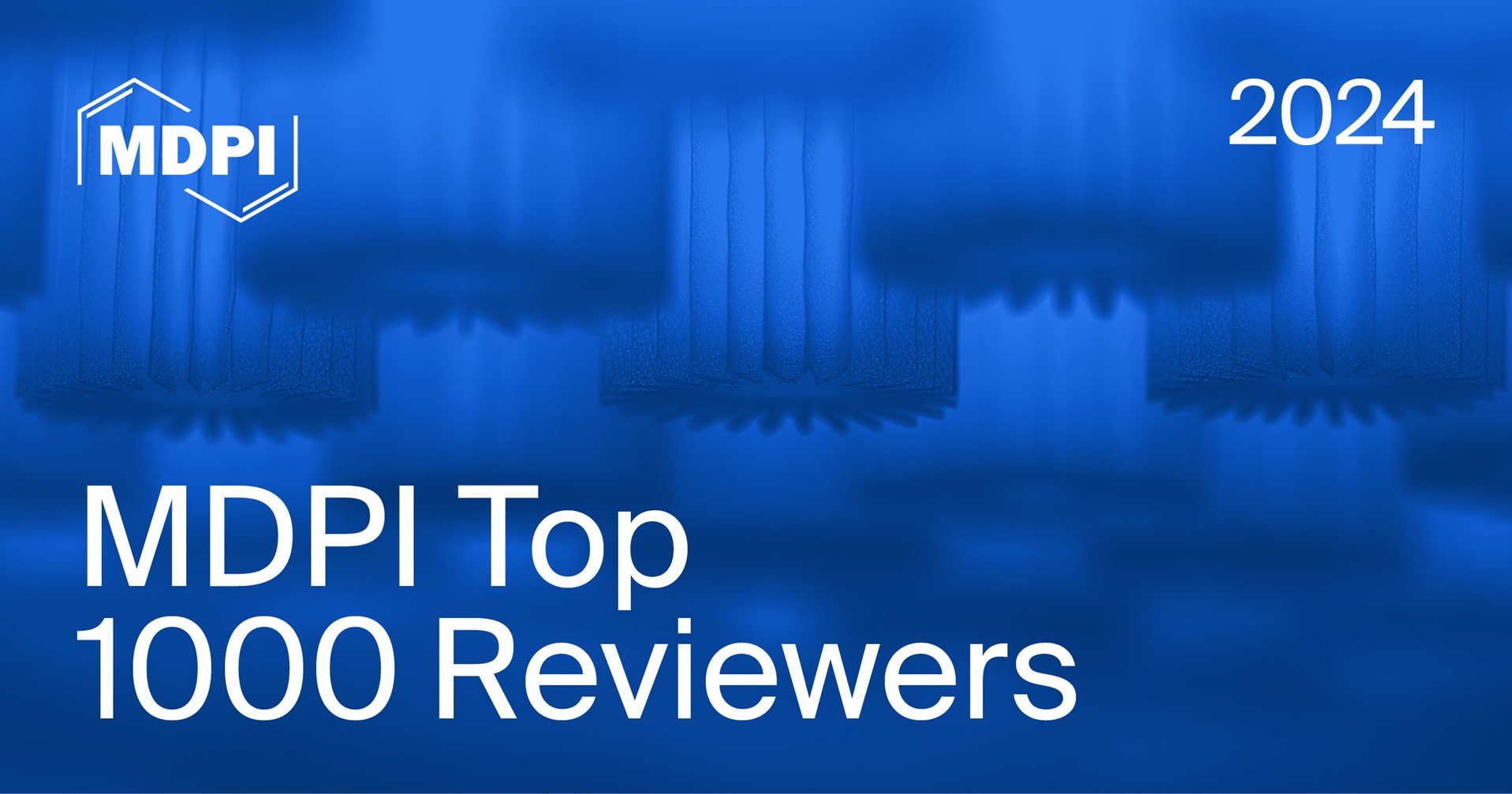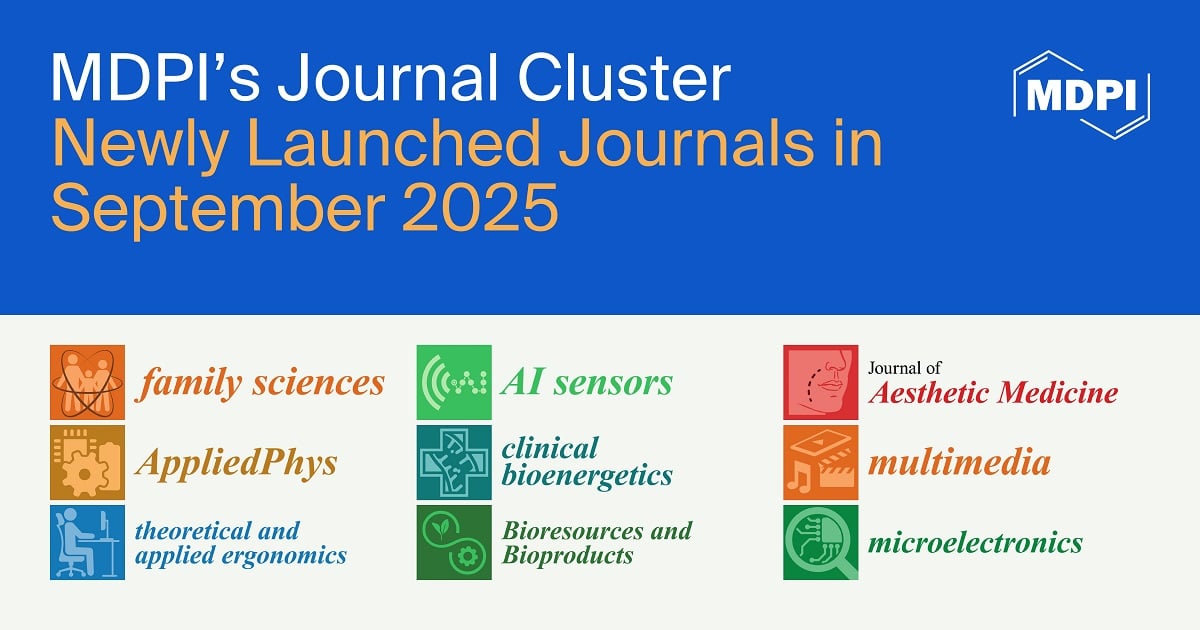-
 Tracking Fungal Contaminants and Mycotoxins Through the Rice Processing Chain—From Field to Table
Tracking Fungal Contaminants and Mycotoxins Through the Rice Processing Chain—From Field to Table -
 Features of the First Case of Foodborne Botulism Caused by Dual-Toxin Clostridium parabotulinum Subtype A1(B5) in Spain
Features of the First Case of Foodborne Botulism Caused by Dual-Toxin Clostridium parabotulinum Subtype A1(B5) in Spain -
 Anticancer Activity of Snake Venom Against Breast Cancer: A Scoping Review
Anticancer Activity of Snake Venom Against Breast Cancer: A Scoping Review -
 Entomopathogenic Nematodes Modulate the Insect Immune System via Sterol-Binding Proteins
Entomopathogenic Nematodes Modulate the Insect Immune System via Sterol-Binding Proteins -
 Cell Type-Specific Effects of Fusarium Mycotoxins on Primary Neurons and Astroglial Cells
Cell Type-Specific Effects of Fusarium Mycotoxins on Primary Neurons and Astroglial Cells
Journal Description
Toxins
- Open Access— free for readers, with article processing charges (APC) paid by authors or their institutions.
- High Visibility: indexed within Scopus, SCIE (Web of Science), PubMed, MEDLINE, PMC, Embase, CAPlus / SciFinder, AGRIS, and other databases.
- Journal Rank: JCR - Q1 (Toxicology) / CiteScore - Q1 (Toxicology)
- Rapid Publication: manuscripts are peer-reviewed and a first decision is provided to authors approximately 18.4 days after submission; acceptance to publication is undertaken in 2.8 days (median values for papers published in this journal in the first half of 2025).
- Recognition of Reviewers: reviewers who provide timely, thorough peer-review reports receive vouchers entitling them to a discount on the APC of their next publication in any MDPI journal, in appreciation of the work done.
- Sections: published in 6 topical sections.
Latest Articles
Highly Accessed Articles
Latest Books
E-Mail Alert
News
Topics
Deadline: 31 October 2025
Deadline: 31 December 2025
Deadline: 28 February 2026
Deadline: 31 March 2026
Conferences
Special Issues
Deadline: 31 October 2025
Deadline: 31 October 2025
Deadline: 31 October 2025
Deadline: 31 October 2025
































